We know that electricity is electrons in motion. Then what is static electricity? How is it electricity when it is static? Let us see now.
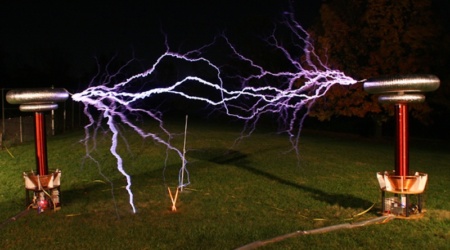
As we have seen earlier, electricity is a form of energy. It is derived from the particles in the atom that are charged. When we talk about the movement of charges, we refer to the negatively charged electrons that are free to move and are very light compared to the heavy protons.
There is a type of electricity that is not related to the movement of electrons. This is static electricity. We all have played with plastic combs attracting paper pieces after being rubbed with our skin or hair. Lightning is a spectacular display of energy in thunderclouds. These are due to static electricity.
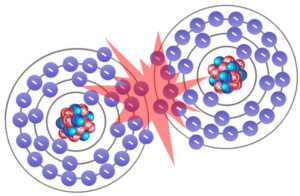
As the name tells, here the charges do not move but are stationary or static. There is a collection or buildup of charges in one place. By themselves, all atoms are electrically neutral. But when electrons of certain materials get stripped off from their atoms, there is an imbalance. The atoms that have fewer electrons compared to the protons are positively charged. The loose electrons are negatively charged. If these electrons are attached to some atoms, they have more electrons compared to the number of protons. So such atoms are negatively charged. We call these charged atoms as ions.
Ions are atoms that have less or more electrons when compared to the number of protons in the nucleus. A negative ion (cation) has more electrons, a positive ion (anion) has fewer electrons. These are electrically imbalanced atoms.
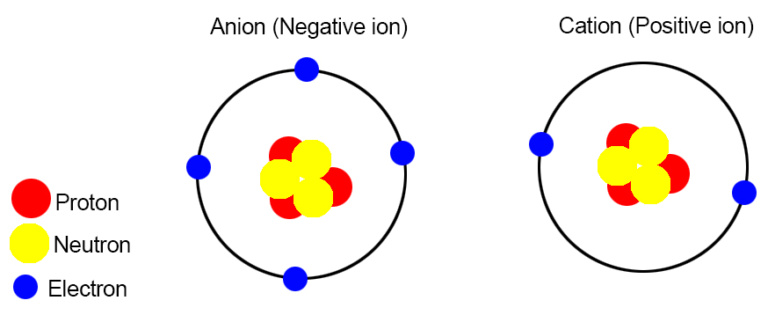
Static electricity is due to an electrical imbalance in the surface of a material. These charges always try to escape and get neutralised. This causes an attractive or repulsive effect on nearby objects, or an electrical discharge, giving out tiny sparks or huge streaks of lighting.
Electrically, materials can be classified as conductors and insulators. In conductors, electrons can move very easily and they allow current to flow through them. Electrons do not move easily in insulators and they do not allow current through them. So static charges stay at one place for a longer time in insulators.
Let us see a few examples.
Plastic ruler or comb attracting paper pieces
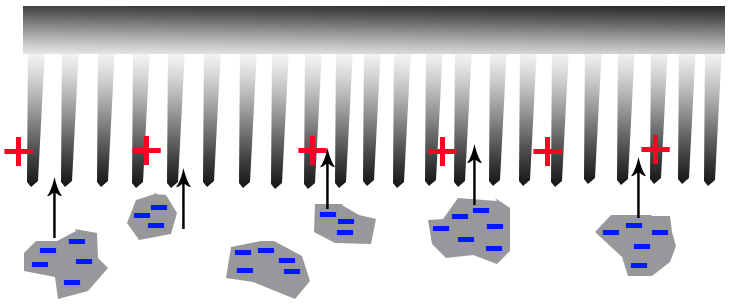
When we rub a plastic ruler or comb against our skin, the friction causes the atoms on the surface to gain electrons. Plastic and paper are both insulators. So the comb becomes charged. When this is brought near small pieces of paper, there is an opposite charge created near the surface of the paper. An attraction force is created making the pieces stick to the comb.
Getting an electric shock by touching a doorknob
This does not happen all the time. Usually, on dry winter days, and in places when we walk on carpeted floors, we experience a slight shock when we touch a metal object such as a doorknob. We can hear a crackling sound and see sparks in our synthetic cloth in the darkness on dry winter nights.
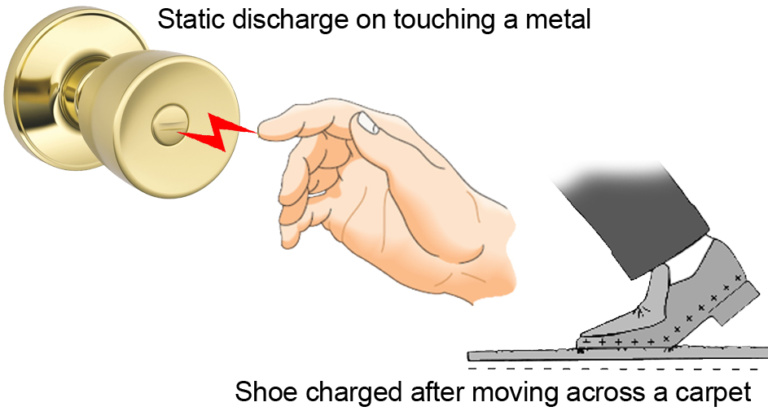
Try touching a child who has slid down a plastic slide in a children’s park. On dry days with very little humidity, we experience a shock when we touch the hand of that child. This is because the child has accumulated enough charges due to friction while sliding down an insulating material such as plastic. When we bring our hands near the child, there is a sudden discharge of this charge from the child to us who are standing on the ground. This gives a shock to us.
Lightning
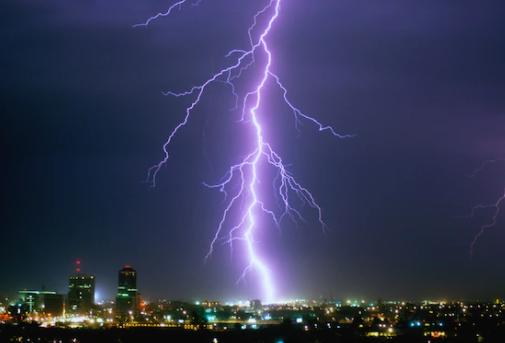
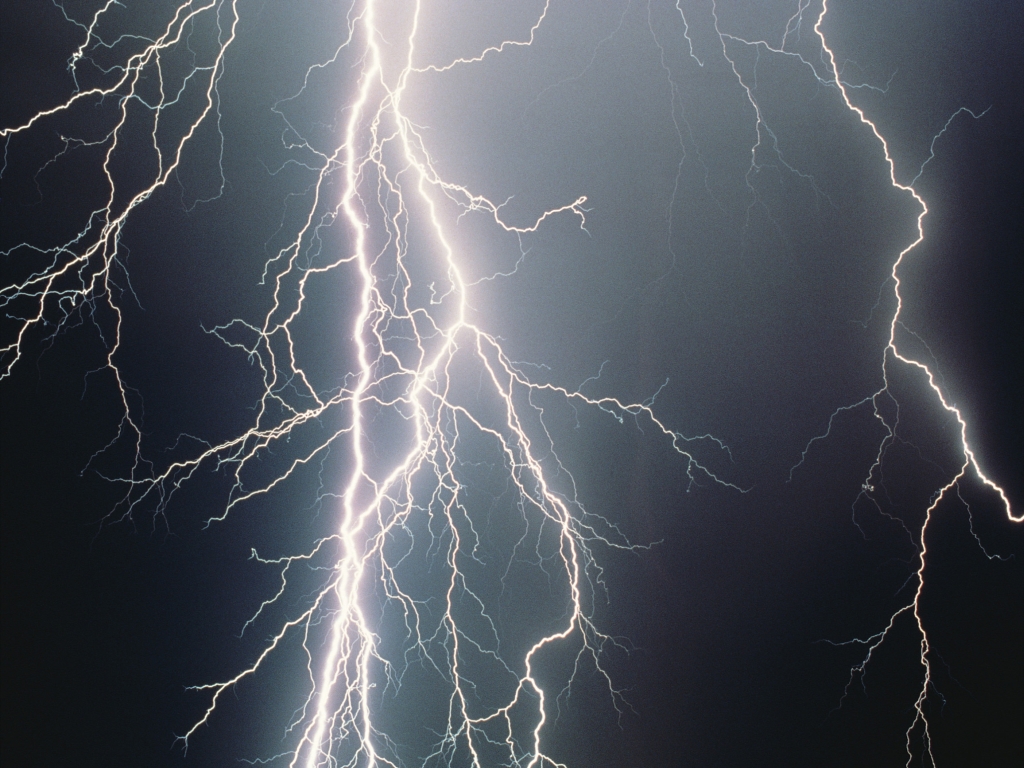
We have seen dazzling streaks of light in the sky when it is overcast with clouds. It is a discharge of electric charges from clouds to the ground or between clouds. In a large thundercloud, water droplets are in constant motion due to the wind moving up and down. There is an upward and downward movement of water droplets and ice crystals causing friction. The friction strips the atoms of their electrons. So a set of positive charges and negative charges is created.
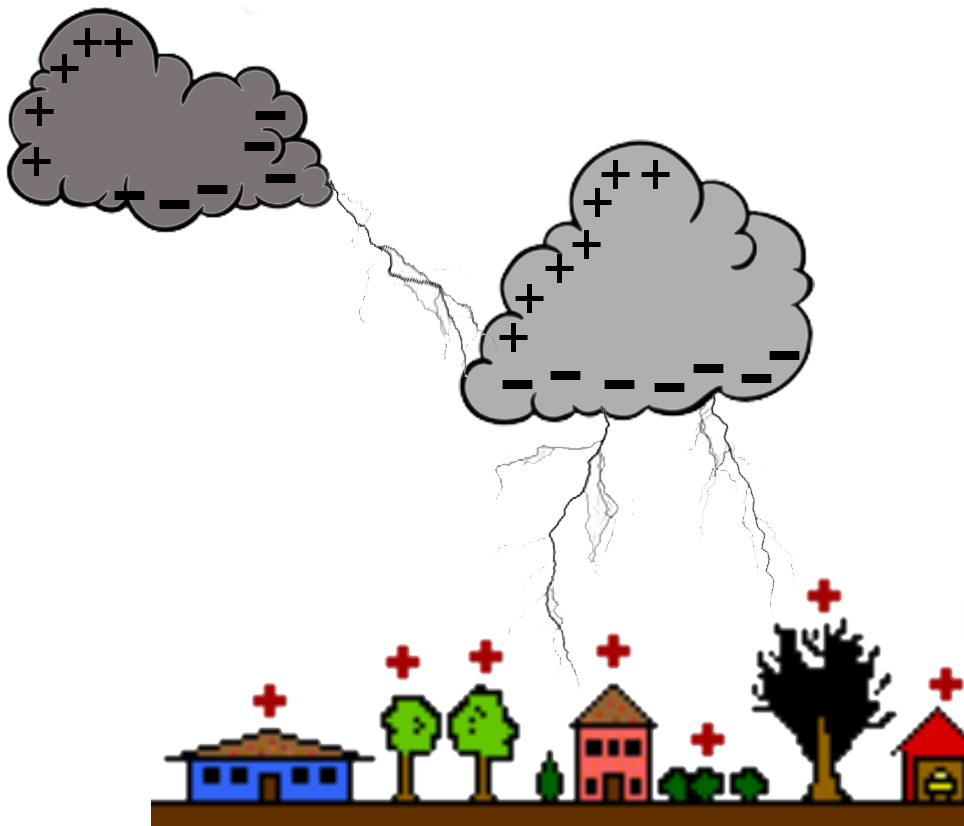
The lower part of the thundercloud will have a large collection of negative charges. This creates an opposite charge on the ground and in tall buildings and trees. Normally, the charges are stopped from discharging due to the air in between. But when the difference in charges is too high, it breaks that barrier and lighting takes place. Most of the time, lightning happens inside clouds between regions of positive and negative charges. But if there is enough accumulation of positive charges on the ground and tall buildings, it hits the ground or the buildings. The negative charges from the clouds and the positive charges from the ground move to meet each other. This causes a dazzling streak of light. The air in the path of the lightning gets heated to a very high temperature and expands suddenly. This results in a loud, deafening sound, what we call as thunder.
Summary
To explain all the above in simple words, friction of air particles causes negative and positive charges to separate causing an electrical imbalance. To prevent this imbalance and to maintain neutrality, nature moves them towards each other, thus creating a discharge, what we call lightning. The sparks in our clothes or the shock due to the doorknob are all electrical discharges of static electricity, only to maintain electrical balance in the materials.


Thanks for helping out, excellent info. “Those who restrain desire, do so because theirs is weak enough to be restrained.” by William Blake.